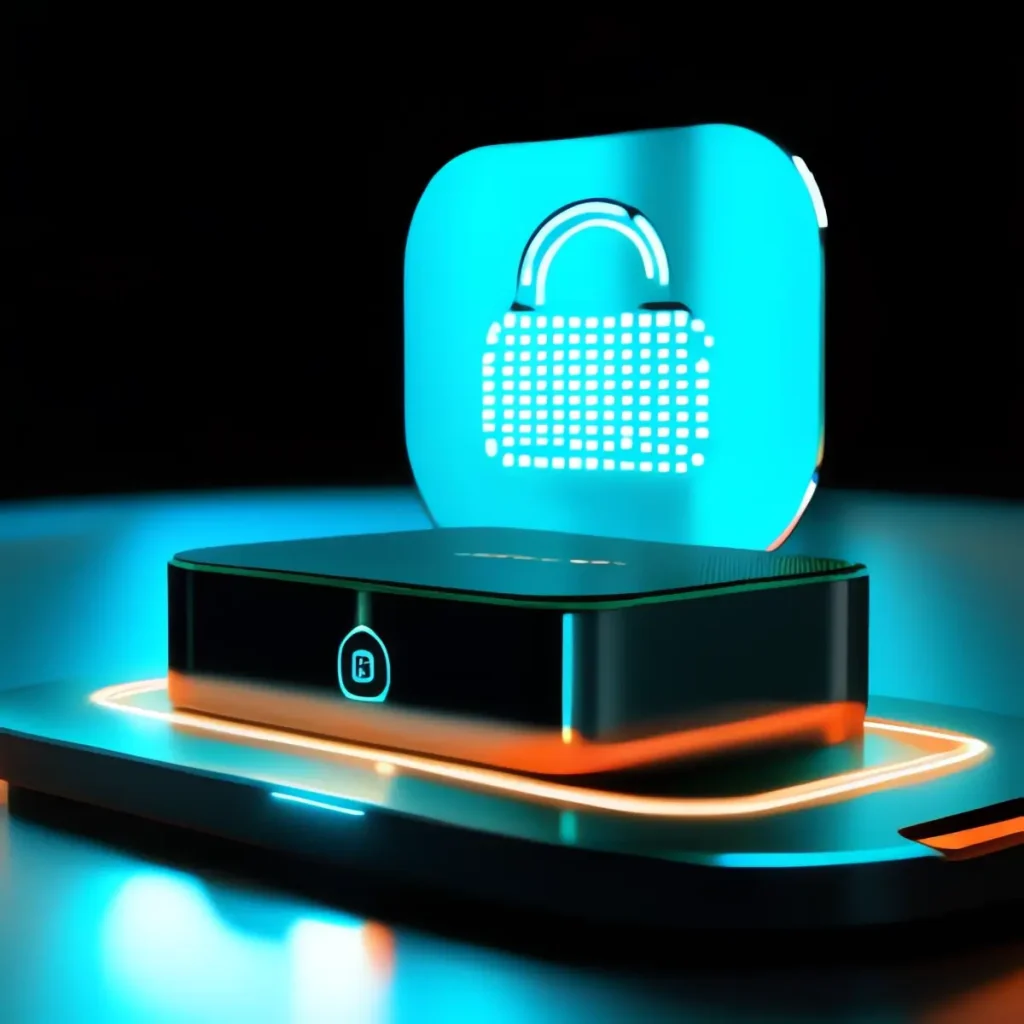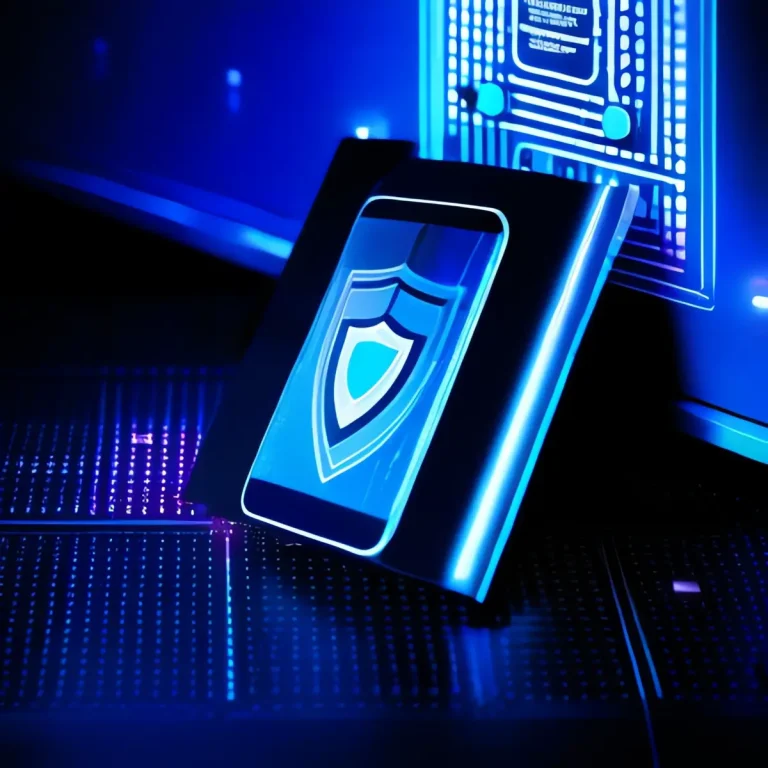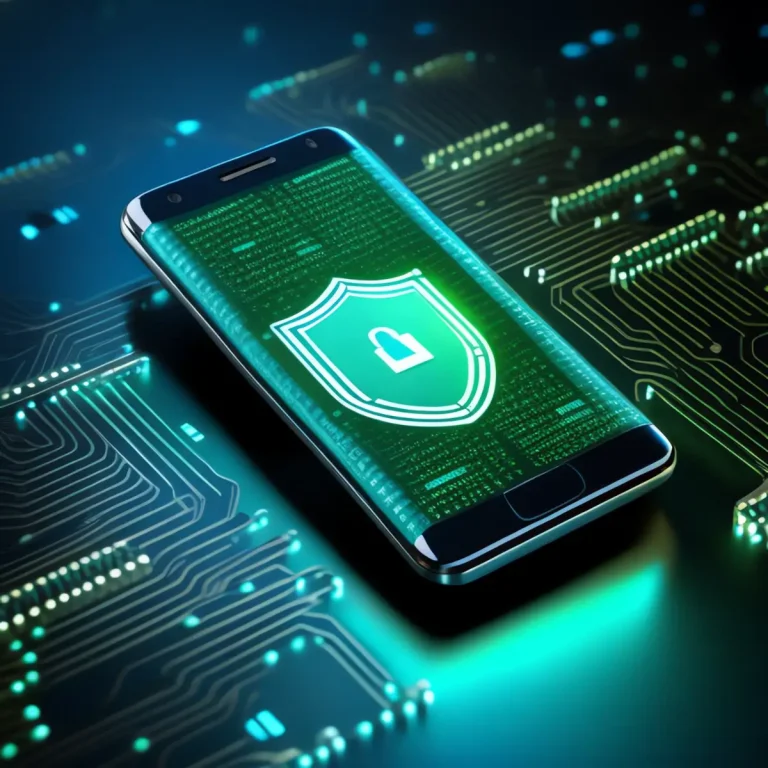Payload Encryption vs. End-to-End Encryption: Key Differences and Use Cases Explained

Why Understanding Encryption Models Matters
In today’s digital landscape, security and privacy are no longer optional—they’re fundamental. Whether you’re building a messaging platform, a cloud-based service, or a mobile app, how you protect user data in transit and at rest is critical to user trust and regulatory compliance. Among the most common encryption models you’ll encounter are payload encryption and end-to-end encryption (E2EE). Although both aim to secure data, they serve different purposes, follow different architectures, and provide different levels of protection.
Understanding the distinction between these two encryption types is vital not only for developers and architects, but also for decision-makers evaluating communication platforms and data protection solutions. Confusing one for the other can lead to flawed security assumptions and inadequate safeguards for sensitive information. In some cases, payload encryption may suffice; in others, full end-to-end encryption is a legal or ethical necessity.
This article provides a comprehensive comparison of payload encryption and end-to-end encryption. We’ll explore how they work, where they are used, what threats they protect against, and the practical trade-offs you should consider. By the end, you’ll have a clearer understanding of which encryption model is right for your system or use case—and why that decision matters.
What Is Payload Encryption?
Payload encryption is a method of securing the content or “payload” of a message before it’s transmitted over a network. This technique encrypts only the data part of a communication packet—leaving the transport metadata (such as the sender, recipient, and routing headers) often unencrypted. The goal of payload encryption is to ensure that intermediaries, like message brokers or notification services, cannot read the content, even though they are responsible for delivering it.
A typical example of payload encryption occurs in push messaging systems like Web Push or Firebase Cloud Messaging (FCM). In these systems, a server encrypts the message payload using the recipient’s public key before sending it to a third-party push service. The service delivers the encrypted message without ever being able to read its contents. Only the recipient device, with the corresponding private key, can decrypt and access the original message.
While this offers a strong layer of confidentiality for message content, payload encryption does not encrypt all communication metadata or secure the communication channel itself. For this reason, it is often combined with transport layer encryption (like TLS) to prevent tampering or eavesdropping during transit.
Payload encryption is widely used in systems where a trusted intermediary is involved in message delivery, but should not access message content. It strikes a balance between security and performance, particularly in infrastructure-heavy environments like notification services, telemetry, or logging systems.
What Is End-to-End Encryption?
End-to-end encryption (E2EE) is a stricter, more privacy-focused form of encryption that ensures only the communicating parties—and no one else—can read the transmitted data. Unlike payload encryption, which protects only the message body, end-to-end encryption secures the entire communication from origin to destination. This includes both payloads and sensitive metadata when implemented correctly.
In an E2EE system, the sender encrypts a message using the recipient’s public key. Only the recipient’s private key can decrypt the message. Crucially, intermediaries like servers, routers, or cloud services cannot access any part of the message content. Services like Signal, WhatsApp, and ProtonMail are well-known examples of platforms that implement end-to-end encryption.
This model offers maximum data confidentiality and is considered the gold standard in privacy-sensitive applications. It protects against server breaches, insider threats, surveillance, and unauthorized data collection. Even if a central server is compromised, attackers cannot access user content without the decryption keys, which are only available to the end users.
However, E2EE introduces additional challenges, including key exchange complexity, device synchronization, limited server-side processing (e.g., content filtering or search), and compliance with law enforcement requests. For this reason, not all systems can or should use E2EE—especially those that require server-side access to data for legitimate functionality.
Key Differences Between Payload Encryption and End-to-End Encryption
While both encryption models aim to protect data, their scope, threat model, and trust assumptions differ significantly. Payload encryption protects the message in transit and ensures confidentiality from third-party delivery services, but does not protect against server-side access before or after encryption. In contrast, end-to-end encryption ensures that no server or intermediary can ever access the message content at any point.
One of the most significant differences lies in who has access to the plaintext data. With payload encryption, the server initiating the message often has full access to the content before encryption. In end-to-end systems, even the sending server might not have decryption capabilities, as encryption happens on the client side.
Another key distinction is in metadata protection. Payload encryption typically does not encrypt routing metadata, leaving traces about who is communicating with whom. E2EE, when implemented properly, can obscure some or all metadata, depending on the level of privacy desired (e.g., Metadata-resistant protocols like Signal’s “sealed sender”).
Use cases also differ. Payload encryption is suited for push notifications, telemetry data, or systems where the server must retain limited access to facilitate delivery. E2EE is essential for secure messaging, confidential collaboration, and systems where data sovereignty is paramount.
Finally, regulatory compliance and user trust are driving increased adoption of E2EE, especially in regions with strict privacy laws. However, payload encryption still holds relevance in cases where performance, interoperability, or functionality require server-side visibility—albeit in a controlled and secure manner.
When to Use Each Encryption Model: Practical Use Cases
Choosing between payload encryption and end-to-end encryption depends on your system architecture, privacy requirements, and operational needs. If your service acts as a neutral message delivery system—like a push notification provider—you may only need payload encryption to protect message content during delivery, especially if you trust the sending server.
For example, a weather app sending forecast updates to users may not need end-to-end encryption. The content isn’t sensitive, and the server needs access to generate the message. In this case, encrypting the payload against unauthorized third-party access (like push service providers) is sufficient and more scalable.
On the other hand, if you’re building a secure chat application, a zero-knowledge cloud storage service, or a confidential health data platform, end-to-end encryption is non-negotiable. These services must ensure that even the provider cannot access or read user data, as per legal obligations or user expectations.
Another consideration is server-side processing. If your system needs to analyze, sort, or modify message content (e.g., filtering spam, auto-translation, keyword alerts), then E2EE may limit your capabilities unless paired with client-side logic or secure multi-party computation (SMPC) techniques.
Also, consider the technical overhead. Payload encryption is simpler to implement and less resource-intensive, while E2EE requires more complex key management, multi-device synchronization, and handling edge cases like key revocation and message replays.
Ultimately, it’s not always a binary choice. Some systems use a hybrid model—encrypting payloads during transit and selectively applying E2EE to highly sensitive data. The right decision should balance privacy, performance, usability, and compliance with relevant laws.
Conclusion: Choosing the Right Encryption for Your Application
Encryption is a critical pillar of modern digital security, but not all encryption strategies are created equal. Payload encryption provides a practical and efficient way to secure message content during delivery, especially in systems that rely on third-party services. It protects against external threats while maintaining operational flexibility for the server.
End-to-end encryption, by contrast, offers the strongest level of data confidentiality by eliminating access for all intermediaries, including the service provider. It’s essential for applications where user privacy, security, or regulatory compliance take top priority.
The key to choosing the right model lies in understanding your application’s threat landscape, user expectations, and functional requirements. In some cases, a combination of both may offer the best of both worlds—securing non-sensitive data with payload encryption while applying E2EE to sensitive communications.
As digital ecosystems grow more complex and privacy awareness increases, encryption design decisions must be intentional, transparent, and aligned with best practices. Whether you’re building a messaging app, a SaaS platform, or a backend service, understanding and correctly applying these encryption models can be the difference between secure communication and avoidable data exposure.
Like what you’re reading?
Push0 is a privacy-first push notification service built for devs and marketers who care.
Try it free for 14 days — no credit card, no fluff.



